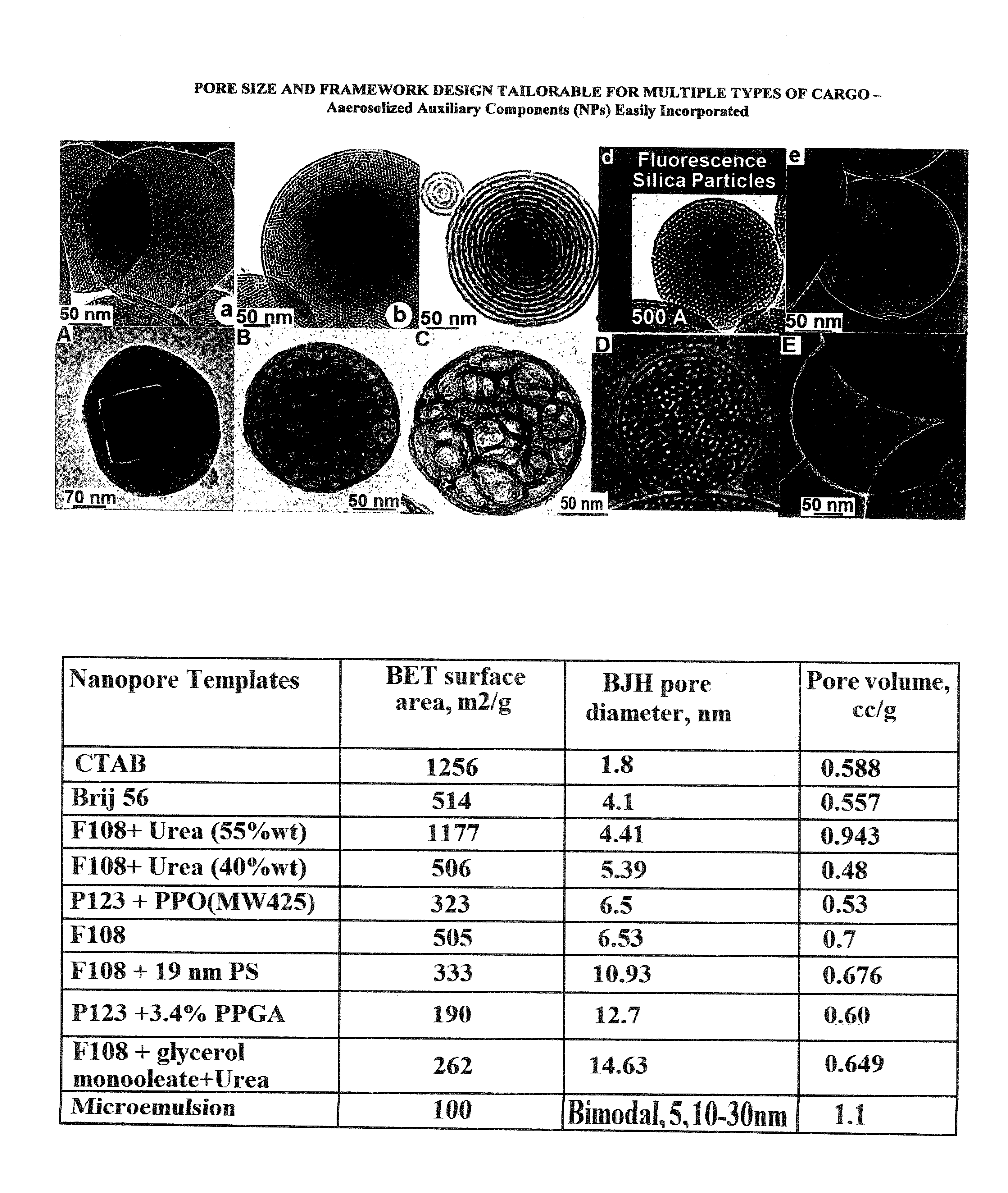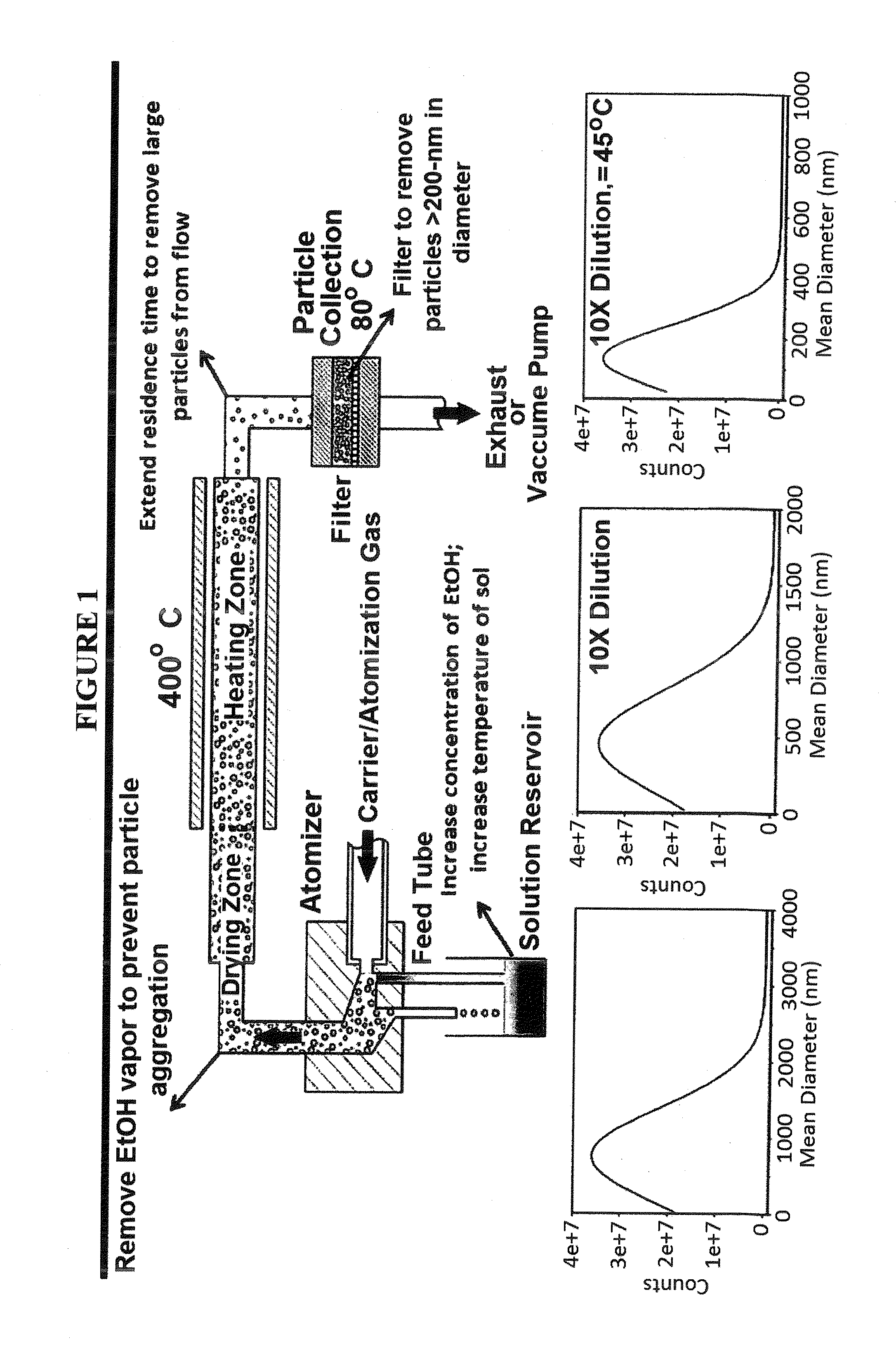Porous nanoparticle-supported lipid bilayers (protocells) for targeted delivery and methods of using same
a technology of lipid bilayers and nanoparticles, applied in the direction of vectors, drug compositions, dna/rna fragmentation, etc., can solve the problems of limited stability, poor solubility, non-specific toxicity to normal cells, etc., to facilitate cancer cell death, promote endosomal escape, and efficiently package
- Summary
- Abstract
- Description
- Claims
- Application Information
AI Technical Summary
Benefits of technology
Problems solved by technology
Method used
Image
Examples
examples
[0157]As provided in the following examples, the porous nanoparticle-supported lipid bilayer (protocell), formed via fusion of liposomes to nanoporous silica particles, is a novel type of nanocarrier that addresses multiple challenges associated with targeted delivery of cancer therapeutics and diagnostics. Like liposomes, protocells are biocompatible, biodegradable, and non-immunogenic, but their nanoporous silica core confers a drastically enhanced cargo capacity and prolonged bilayer stability when compared to similarly-sized liposomal delivery agents. The porosity and surface chemistry of the core can, furthermore, be modulated to promote encapsulation of a wide variety of therapeutic agents, such as drugs, nucleic acids, and protein toxins. The rate of cargo release can be controlled by pore size and the overall degree of silica condensation, making protocells useful in applications requiring either burst or controlled release profiles. Finally, the protocell's supported lipid ...
PUM
| Property | Measurement | Unit |
|---|---|---|
| mean diameter | aaaaa | aaaaa |
| mean diameter | aaaaa | aaaaa |
| mean diameter | aaaaa | aaaaa |
Abstract
Description
Claims
Application Information
 Login to View More
Login to View More - R&D
- Intellectual Property
- Life Sciences
- Materials
- Tech Scout
- Unparalleled Data Quality
- Higher Quality Content
- 60% Fewer Hallucinations
Browse by: Latest US Patents, China's latest patents, Technical Efficacy Thesaurus, Application Domain, Technology Topic, Popular Technical Reports.
© 2025 PatSnap. All rights reserved.Legal|Privacy policy|Modern Slavery Act Transparency Statement|Sitemap|About US| Contact US: help@patsnap.com



